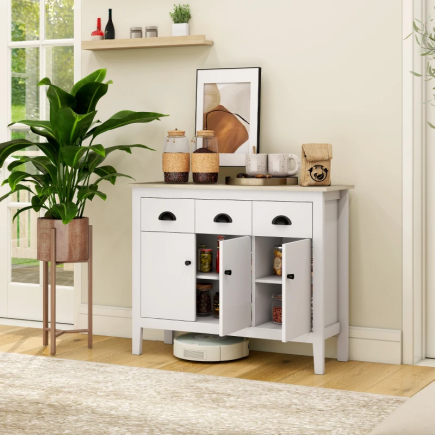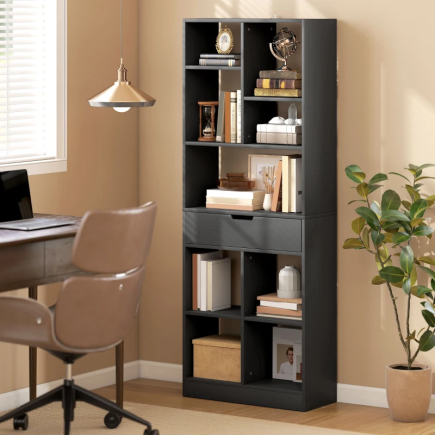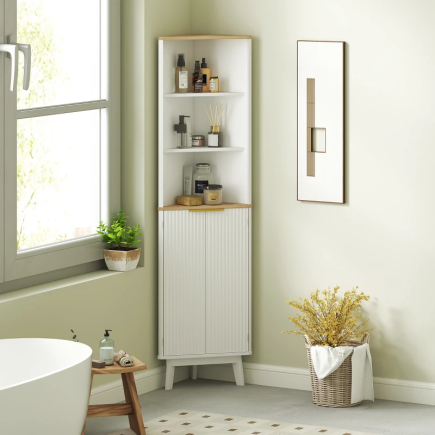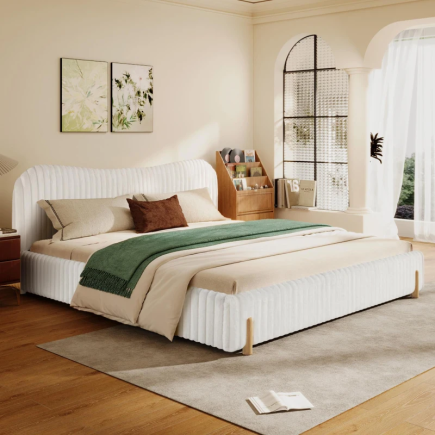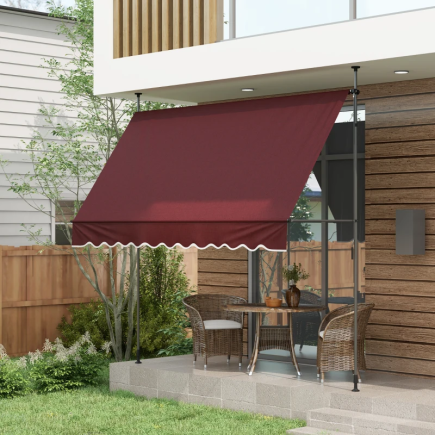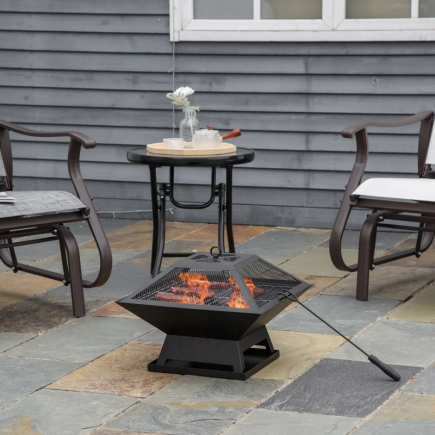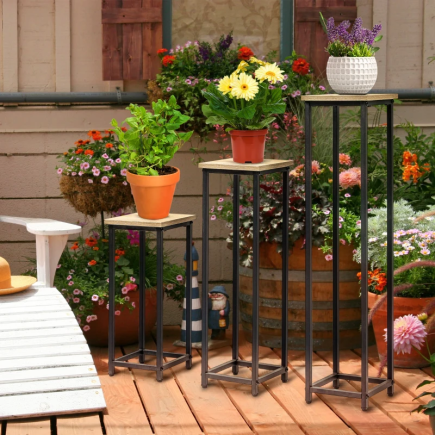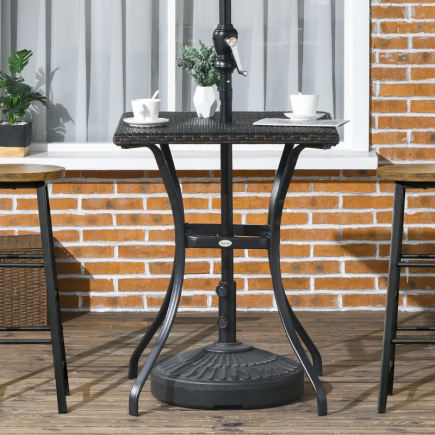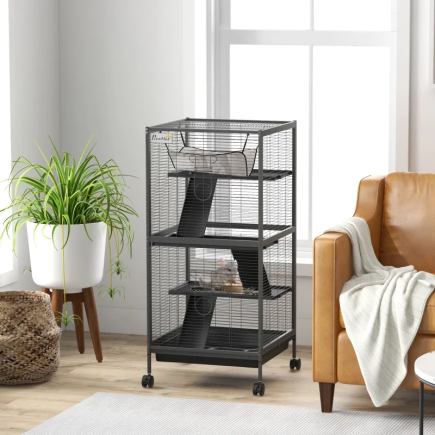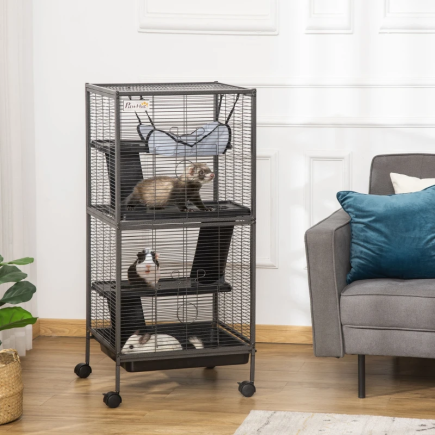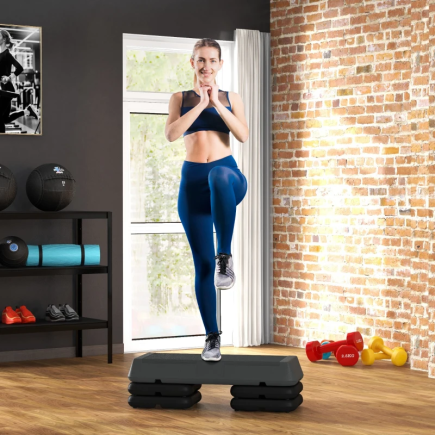A folding room divider can be a fantastic addition to any space. Whether you want to create more privacy, divide a room into distinct areas, or simply add a decorative touch to your home, a room divider can serve both functional and aesthetic purposes. The best part is, building your own room divider is a highly customizable project.

You can adjust the design to fit your style, and it’s not as difficult as you might think. In this guide, we’ll walk you through the process of creating your own DIY folding 3 panel room divider.
Tools and Materials You’ll Need

Before starting, make sure you have all the necessary tools and materials. Some of these may already be in your workshop or home, but if not, they’re easy to obtain at any hardware store.
Tools:
- Mitre Saw: A mitre saw is essential for cutting your wooden boards to the correct lengths and angles. If you don’t own one, many hardware stores offer rental services.
- Drill: You’ll need a drill to create holes for the screws and install the hinges.
- Pocket Hole Jig: A pocket hole jig is crucial for creating hidden, strong joints between your boards.
- Clamps: Clamps help hold your boards together while you screw them in place, making assembly much easier.
- Sander & Sandpaper: For smoothing rough edges and achieving a polished finish (this is optional but highly recommended).
- Work Table/Saw Horses: These will hold your work in place while cutting and assembling. If you don’t have a proper workbench, saw horses will do the job.
Materials:
- 7 Wooden Boards 8-feet Long (2×3): These will form the frame of your divider.
- Coarse Pocket Hole Screws (2X1/2” screws): These will hold the boards together.
- Wood Stain or Paint: For finishing the wood and adding color.
- Wood Filler: This is used to fill in the pocket holes and make the surface smooth.
- Fabric: You’ll need fabric to attach to the frame. Light, sheer fabric works well if you want privacy while still allowing light to come through.
- Lattice Wood or Thin Strips of Wood: To cover up the staples you’ll use to attach the fabric.
- 4 Hinges: To connect the panels and allow them to fold.
Step 1: Cutting the Horizontal Support Boards

The first step in constructing your DIY folding room divider is to cut the horizontal boards. These boards will serve as the supports between your vertical pieces. Start by cutting 13-inch pieces from your 2×3 boards. These pieces will help give the divider structure and hold the panels together.
Tip: If you don’t have a mitre saw, you can use a circular saw or a hand saw to cut the wood. Just make sure to measure and mark the cuts carefully for accuracy.
Step 2: Cutting the Vertical Boards
Next, it’s time to cut the remaining 2×3 boards for the vertical pieces. These will be the tall parts of your room divider, so you’ll need to cut them to 7 feet in length. You’ll need six vertical pieces in total.
Tip: You can adjust the length of the vertical boards if you want a taller or shorter divider, but 7 feet is a typical height for room dividers.
Step 3: Drilling Pocket Holes

Now that you have your horizontal and vertical boards ready, it’s time to drill the pocket holes. Using a pocket hole jig, drill two holes at each end of the 13-inch horizontal boards. These holes will allow you to join the horizontal and vertical pieces securely using screws.
Tip: Make sure to drill the holes at the correct angle to ensure the screws go in straight and hold the pieces firmly together.
Step 4: Assembling the First Panel

Now that all the pieces are ready, it’s time to assemble the first panel. Begin by attaching the top horizontal piece to one of the vertical pieces using the pocket screws. Once the top is attached, place the bottom horizontal piece about 3 inches from the bottom of the vertical piece to give your panel stability.
Tip: Use clamps to hold the pieces in place while you screw them together. This will prevent the boards from shifting out of alignment during assembly.
Step 5: Assembling the Remaining Panels
Repeat the same process from Step 4 for the remaining two panels( You can add more than 2 panels as per your requirement). The assembly process is identical for each panel. It’s important to keep the dimensions of each panel consistent, so take care to align the horizontal boards evenly.
Tip: If you’re concerned about alignment, measure between each horizontal piece to ensure everything is evenly spaced.
Step 6: Filling the Pocket Holes with Wood Filler

Once the panels are assembled, you’ll need to fill the pocket holes with wood filler. This step is essential for giving the wood a smooth, polished finish. Apply the wood filler into the holes and smooth it out with a putty knife.
- Filling the pocket holes will eliminate any unsightly holes and make your room divider look more professional.
Tip: Let the wood filler dry completely before moving on to the next step.
Step 7: Installing the Hinges

To make your room divider foldable, you need to install hinges. Start by placing the center panel in position. Attach the hinges to one side of the center panel, ensuring that the hinge pins are facing forward.
Next, attach the hinges to the opposite side of the second panel, with the hinge pins facing backward. This configuration will allow the panels to fold in both directions.
Proper hinge installation ensures that the panels can fold and unfold smoothly, making the divider functional and easy to store when not in use.
Step 8: Sanding and Staining the Wood

After the hinges are installed, it’s time to finish the wood. Sand the entire surface to smooth out any rough edges and prepare it for staining or painting. Once sanded, apply your choice of wood stain or paint to give the room divider a polished and personalized look.
Tip: Allow the stain or paint to dry completely before moving on to the next step.
Step 9: Attaching the Fabric

The fabric is what will give your room divider its privacy and texture. Stretch your fabric tightly over the back of each panel, and staple it in place using a heavy-duty stapler. Be sure to pull the fabric taut to avoid wrinkles.
Tip: Choose a fabric that allows light to filter through while still providing privacy. Sheer fabrics work wonderfully for this purpose.
Step 10: Covering the Staples with Wood Strips
Once the fabric is securely attached, the next step is to hide the staples for a polished appearance. Use lattice wood or cut a 2×6 board into thin strips, then position these over the fabric edges. This not only conceals the staples but also gives your project a professional finish. For a seamless result, sand the strips and stain or paint them to match the frame. If you plan to decorate your room divider further, consider coordinating colours or patterns to enhance its overall style.
Step 11: Final Adjustments and Enjoy!

Once the fabric is attached and the wood is finished, your folding room divider is ready to use. You can place it in any part of your home that needs separation. If needed, add small feet to the bottom of each panel for extra stability.
A DIY Room Divider is an easy and fun project that can completely transform a room. With simple tools and materials, you can create a functional and stylish piece of furniture that adds both practicality and design to your home. Follow these steps to make your own, and enjoy the satisfaction of creating something beautiful and useful.
FAQs
1. Can I replace the fabric later without damaging the frame?
Yes. Remove the wood strips, pull out the staples, and replace the fabric. Reattach the strips to cover the edges for a neat finish.
2. How do I make the panels fold smoothly without gaps?
Align hinges evenly and check spacing before tightening screws. If panels stick, slightly loosen the hinges and test the fold. Adjust until they move freely.
3. What if my divider is too heavy to move easily?
Use lighter wood and fabric if rebuilding. For an existing divider, install small caster wheels or furniture sliders so you can move it without lifting.
4. What should I do if my room divider wobbles?
To add extra stability, consider adding small feet to the bottom of each panel. If the divider still wobbles, check the hinge installation to ensure they are securely fixed, and adjust if necessary to avoid movement.

